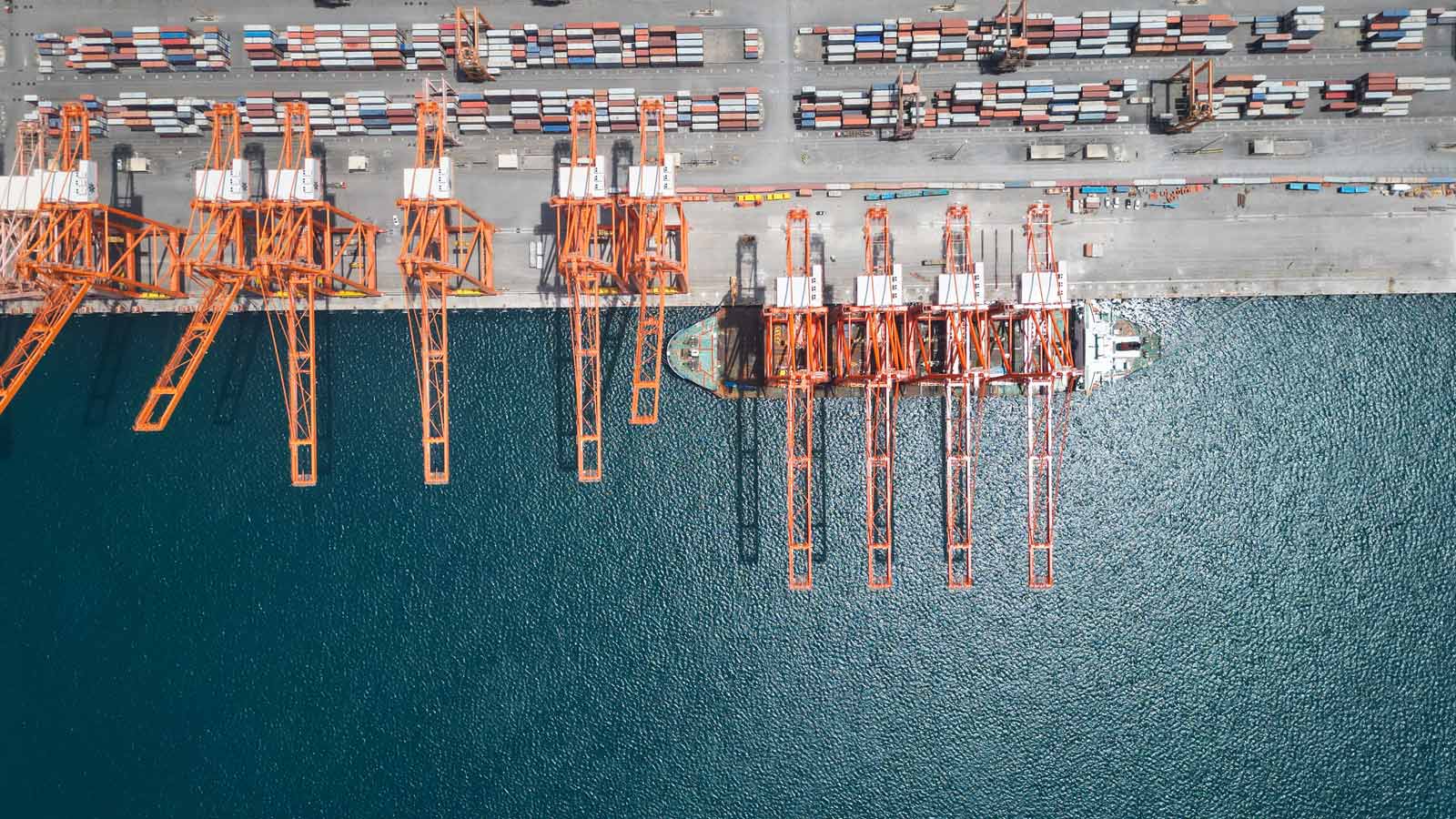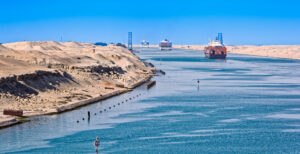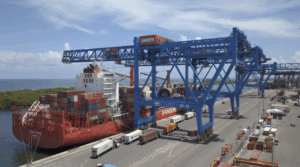With the arrival of the final four of ten supersized ship-to-shore cranes this week, the Oman located Port of Salalah’s USD 300 million expansion plan remains on track. By the end of the year, the Port will have increased its annual container handling capacity from 5 million to 6 million TEU.
Despite the extensive upgrade works that commenced last year, the company managed to maintain its outstanding port stay record for shipping lines. In the 2023 Container Port Performance Index (CPPI) published this month by the World Bank and S&P Global Market Intelligence, Port of Salalah retained its position as the second most efficient container port in the world for the third consecutive year.
“We expect these cranes to help us reduce port stay even further by giving us faster access to top tiers on the ship,” says Scott Selman, COO – Port of Salalah. “They will also increase our capacity to bring in the world’s largest ships built to date – fulfilling a need for our customers and giving us an opportunity to handle more volume.”
The first four new ship-to-shore (STS) cranes that arrived in February this year are already being tested for operational readiness and on track to contribute to terminal productivity from August this year. Two additional cranes are currently being commissioned. Four smaller cranes have been decommissioned, increasing the number of cranes at the Port from 21 to 27 by the end of the year.
The new fully electric cranes are among the largest equipment of their kind in the world and set new standards in terms of size and efficiency. They can handle vessels 26 containers deep, have a lifting height of 58 m above the rail and 77 m total hoist height (including below rail). A max lifting capacity of 105 tonnes under means they are capable of serving the largest Ultra Large Container Vessels currently in operation.
Additional equipment to support the expansion includes 12 hybrid rubber-tyred gantry cranes, two reach stackers, six empty handlers, and 30 terminal trucks and trailers.
Considerable infrastructure work has been carried out to upgrade the Port’s existing electricity grid, including a new high-capacity power substation and high-voltage feeder lines, and reinforcing the Port’s original electrical infrastructure built in 1998. This will future proof the terminal for the additional demand due to the electrification of equipment.
With abundant renewable energy sources, the sultanate of Oman is making rapid strides with ambitious plans towards hydrogen and renewable electricity in the near future. The Port of Salalah is already making the significant investments required to be net-zero by 2040, in line with APM Terminals industry-leading net-zero ambition.
Source: Port of Salalah / APM Terminals



